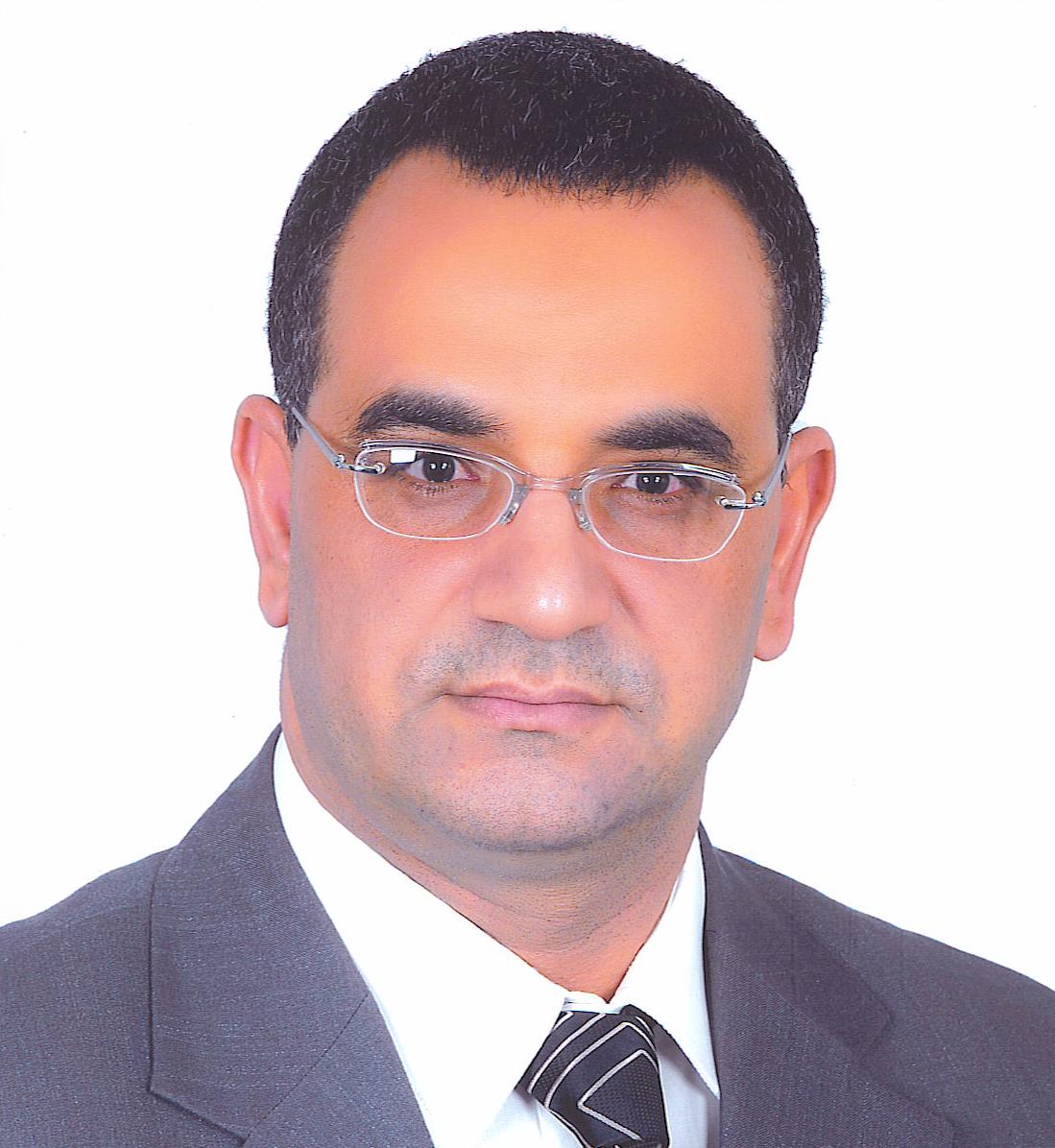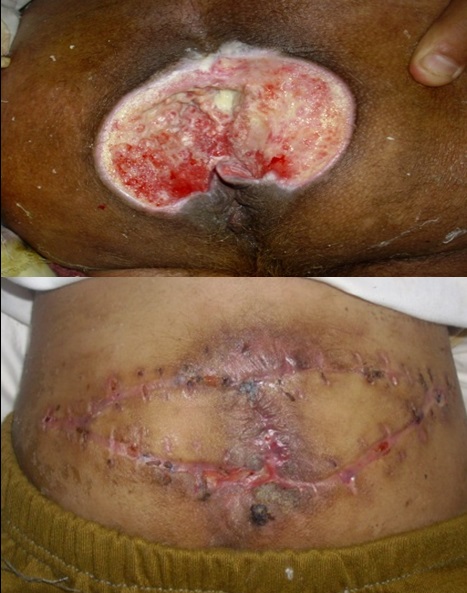Background: Pressure sores are localized injury to the skin and/or the underlying tissue usually over bony prominences. Pressure sores affect significantly the patients' life especially those with limited mobility, 70 % of sores occur in persons older than 65 years. There is an inverse relationship exists between the amount of pressure and the length of time required to cause ulceration. Pressure sores usually occur due to combination of extrinsic and intrinsic factors. Surgical management include debridement and reconstruction by local or distant flap, the most commonly used are rotational, rhombic, V-Y advancement and tensor fascia lata flaps. Rarely skin graft is the adequate treatment.
Patients and methods: This is a prospective study included 42 patients of different age and sex, having 57 pressure ulcers of variable etiology and severity. All patients were evaluated and managed in the plastic surgery department at Sohag university hospital.
Results: Rotational flap was the most common type of surgical procedures followed by V-Y advancement flap then tensor fascia lata and rhombic flap. In most cases, the results were accepted.
Conclusion: A person that is bedridden or cannot move, or who has diabetes, vascular disease (circulation problems), incontinence, or mental disabilities, should be frequently checked for pressure ulcers. Surgical treatment is the main treatment for pressure sores especially for 3rd and 4th degrees. Rotational flap is the most common flap used in the surgical. However protection is much better and cheaper than treatment.


